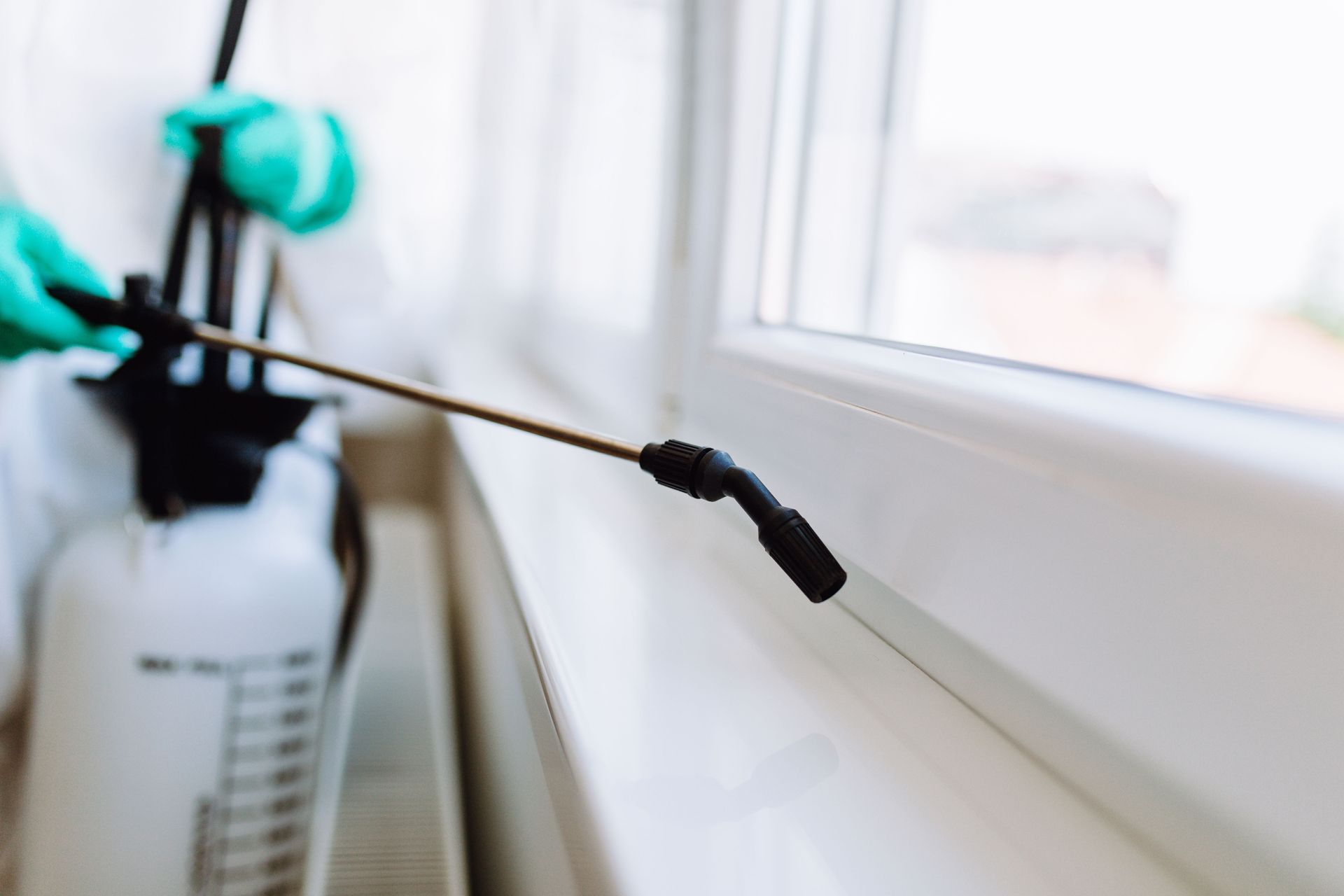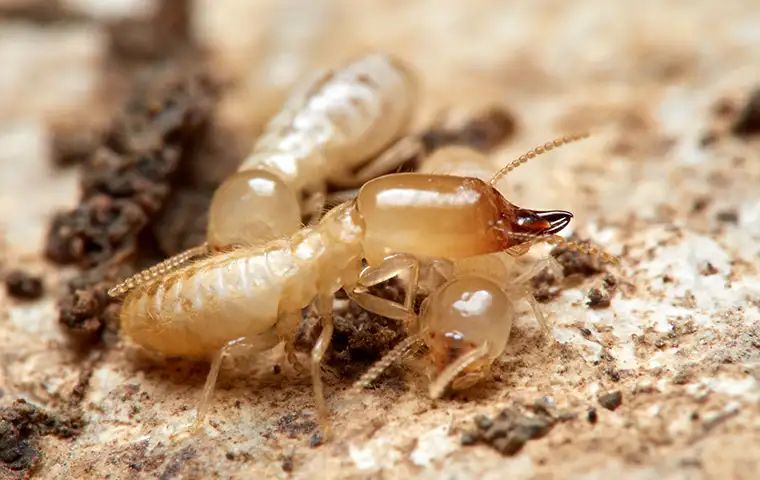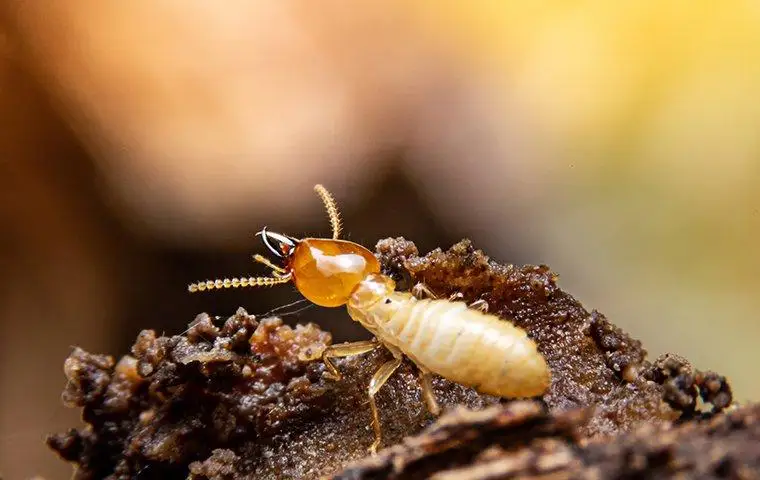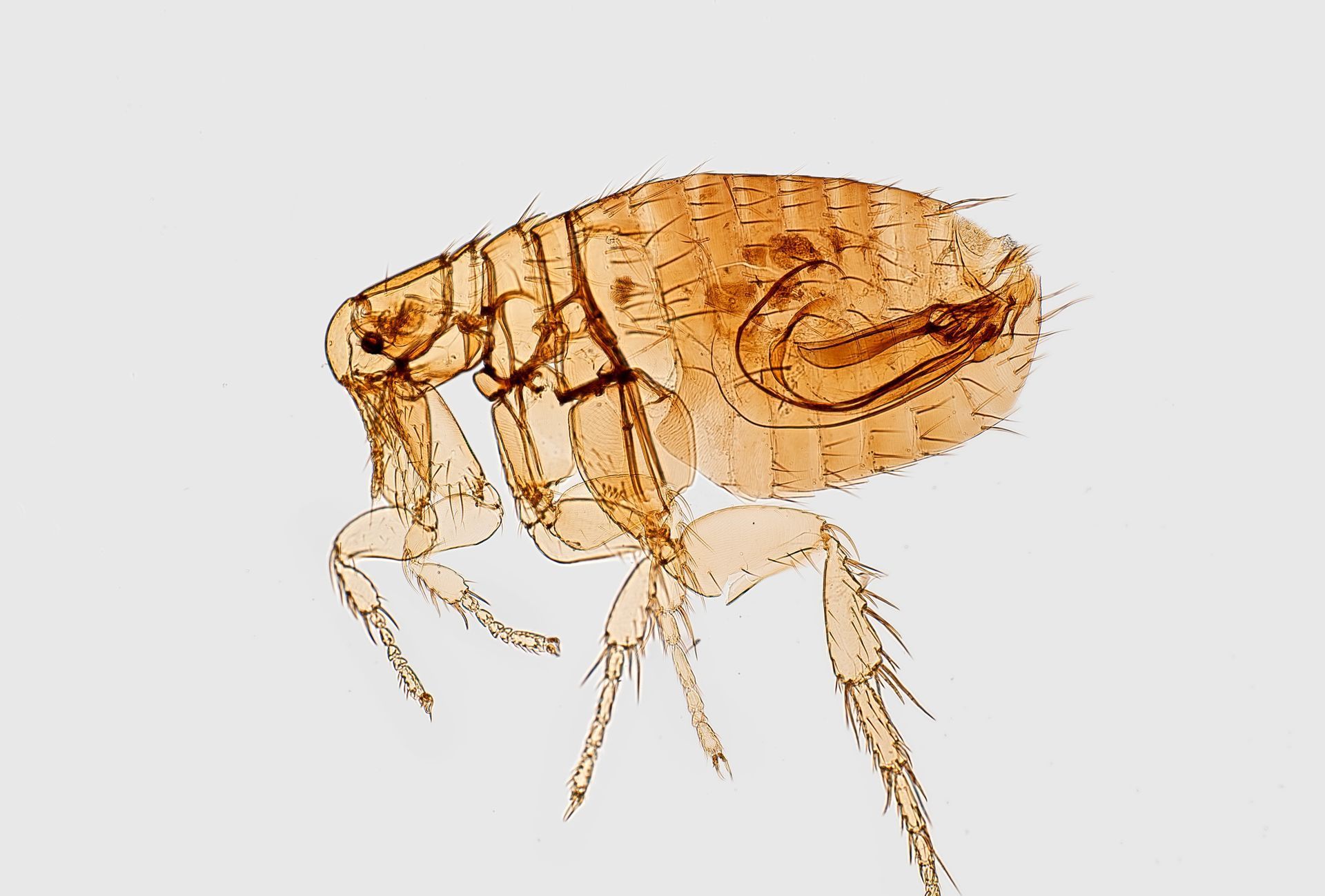YELLOW JACKET VS WASP
Unveiling the Differences: Yellow Jackets vs. Wasps
Introduction:
In the realm of stinging insects, the terms "yellow jackets" and "wasps" are often used interchangeably, leading to confusion about their identities and behaviors. However, these buzzing creatures belong to different species, each with unique characteristics. In this article, we aim to unravel the distinctions between yellow jackets and wasps, shedding light on their appearance, behavior, and habitats.
Yellow Jackets: Nature's Daredevils
Physical Characteristics:
Yellow jackets are a type of wasp characterized by their distinctive black and yellow markings. They are medium-sized insects with a slender waist, elbowed antennae, and wings that fold lengthwise when at rest.
Nesting Habits:
Yellow jackets are social insects, forming colonies that can number in the thousands. They construct paper-like nests often located underground, in wall voids, or attached to structures such as eaves and trees. Their nests are typically surrounded by a papery envelope with a single entrance.
Behavior:
Known for their aggressive nature, yellow jackets are territorial defenders of their nests. They are attracted to sweet substances, making them common guests at picnics and outdoor events. When threatened, yellow jackets can sting multiple times, and their stings can cause allergic reactions in some individuals.
Wasps: Diverse and Adaptable
Physical Characteristics:
The term "wasp" is a broad category that encompasses a diverse group of stinging insects. Wasps can vary significantly in size, color, and appearance. Unlike bees, wasps generally have smooth bodies and are less hairy.
Nesting Habits:
Wasps exhibit a wide range of nesting habits. While some build paper nests similar to yellow jackets, others create mud nests or find sheltered spots to construct their homes. Social wasps, such as paper wasps, form smaller colonies than yellow jackets.
Behavior:
Wasps have a diverse range of behaviors. Some species are social, living in colonies, while others are solitary. Unlike yellow jackets, many wasp species are not as aggressive and may only sting when provoked or their nest is threatened.
Key Differences Summarized:
1. Coloration:
- Yellow Jackets: Black and yellow markings.
- Wasps: Diverse colors, including black, brown, and metallic hues.
2. Nesting Locations:
- Yellow Jackets: Underground, in wall voids, or attached to structures.
- Wasps: Varied, including paper nests, mud nests, and sheltered spots.
3. Aggressiveness:
- Yellow Jackets: Aggressive defenders of their nests.
- Wasps: Behavior varies, with some species being less aggressive.
Conclusion:
Understanding the distinctions between yellow jackets and wasps is crucial for effective pest management and safety. While both play roles in ecosystems as predators of insects, their behaviors and nesting habits differ significantly. When faced with a stinging insect issue, correctly identifying the species is the first step towards implementing targeted and responsible control measures, ensuring a harmonious coexistence between humans and these essential pollinators.











Share On: